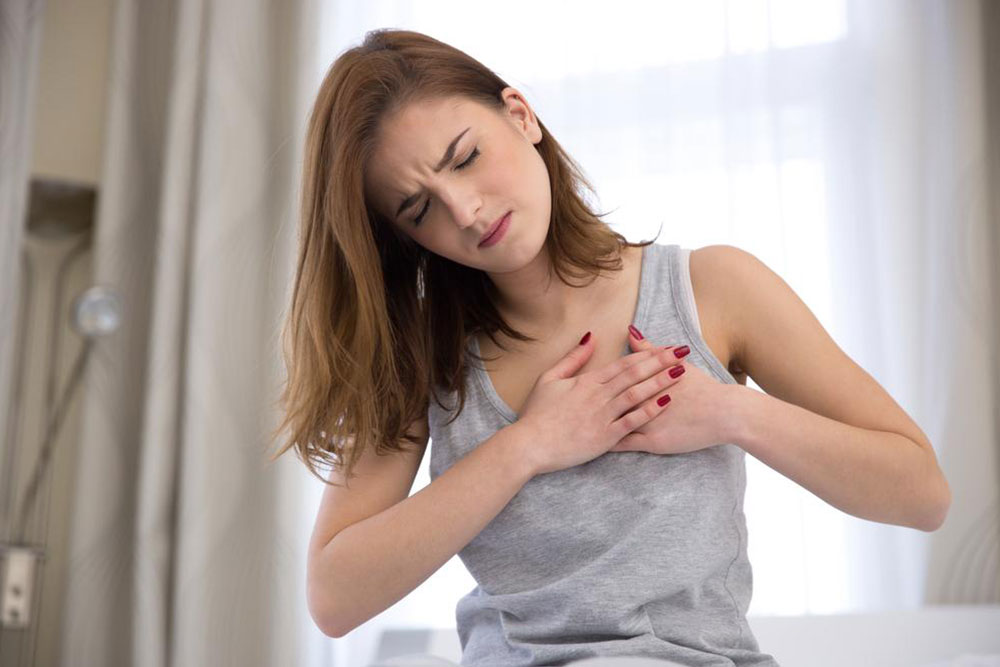Basics of heartburn
Regardless of what the name suggests, heartburn is not at all medically related to any part of the heart. Heartburn is a rather common condition caused as a result of acidic activities in the stomach. Some symptoms of heartburn, however, are pretty identical to those of a heart disease. Heartburn is caused as a result of the forceful movement of the stomach contents and the stomach acids being pushed back into the esophagus.

Symptoms
Some of the common symptoms of heartburn include continuous cough, pain in upper part of the abdomen and lower chest, problem in swallowing, and burning sensation in the food pipe and heart, etc.
Causes
The lower esophageal sphincter makes sure that the stomach acid remains in the stomach. It is situated at the meeting point of the esophagus and the stomach. The said muscular valve is designed to keep the contents of the stomach in place. The lower esophageal sphincter does this job with the help of gravity. It opens to let the food into the stomach or allow belching. But if the lower esophageal sphincter opens up often or doesn’t close tightly enough, the contents of the stomach get pushed back into the esophagus, causing the sensation of inflammation. Eating a heavy meal or lifting heavy weights can cause heartburn. Major causes of heartburn are lifestyle related. In the United States of America, 20% of the total population suffers from heartburn at least once a week. The condition is more common among pregnant women and overweight people.
Diagnosis
The doctor after sufficient tests and diagnosis will determine if the symptoms need further treatment. A few of these tests include endoscopy, Upper GI series tests, and ambulatory pH testing.
Prevention
The prevention and precautions are both mostly lifestyle related. Rather than indulging in a single big meal, it would be advisable to enjoy small meals every now and then through the day.
Exercising immediately after eating is a big no. Make sure you leave a gap of at least four hours after you’ve eaten, if you want to exercise. Smoking interferes with the lower esophageal sphincter. So if you do smoke, then you will have to stop in order to avoid heartburn. Also, make sure you maintain an appropriate weight. Obesity leads to heartburn too!